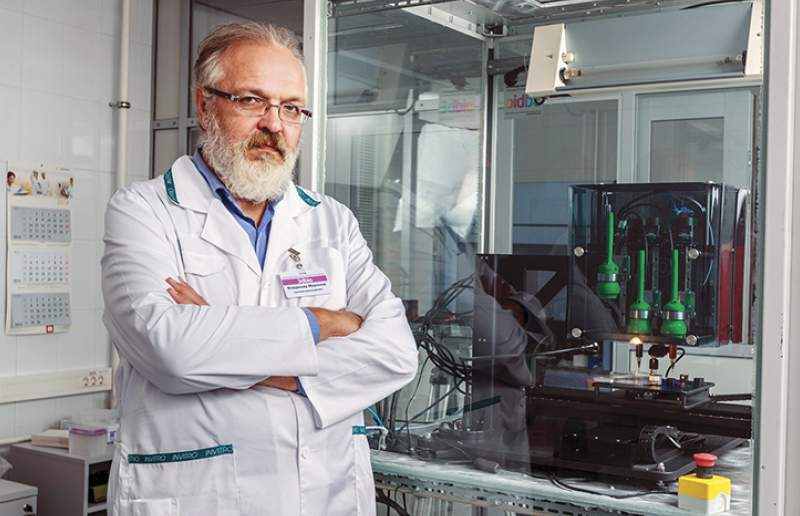Where's the Lab-Grown Beef?
Posted on Categories Discover Magazine

While Mark Post, physiology chair at Maastricht University in the Netherlands, shares Mironov’s optimism about in vitro meat’s potential, he says the future isn’t in at-home devices.
“Quite frankly, I don’t see that as a very pragmatic solution,” says Post, whose name has become synonymous with the movement. He debuted his lab-produced meat (cost: $325,000 per burger) in a highly publicized taste test in London in 2013.
Instead, the focus now is on ramping up efforts to produce it in factorylike settings, Post explains.
Bigger production would mean more burgers for more than just a few taste testers, while also sending costs way down. “In essence, it’s available,” Post says, “but not at the scale that you need for [mass] consumption.”
His optimistic scenario — which depends on the production infrastructure being in place and regulatory approvals — is having a $10 cell-grown hamburger patty on the shelves in four to five years.
“You need to be able to scale production to a tremendous level if you want to hit the Walmarts of this world,” he says.
[This article originally appeared in print as “Where’s the Beef?”]